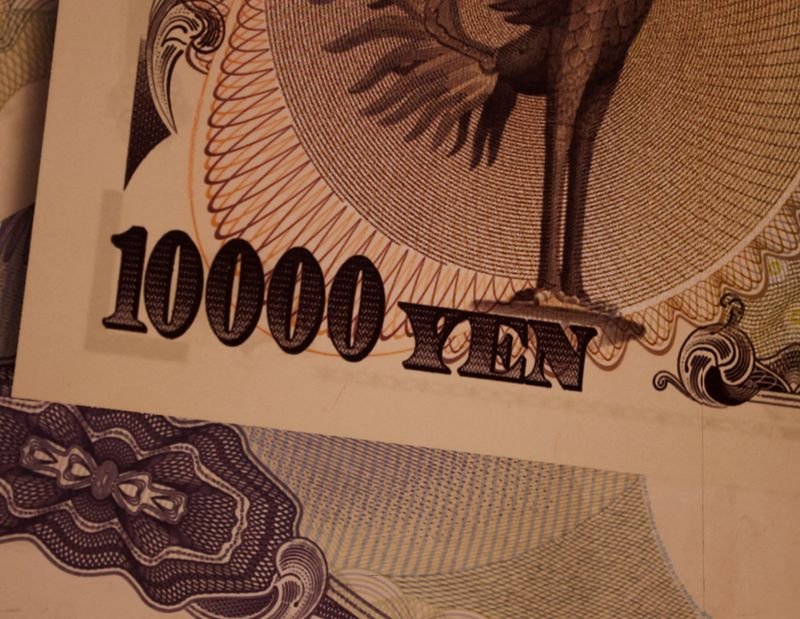Dollar Strengthens After ECB’s Decision on Interest Rates
The foreign exchange market has recently seen interesting developments, particularly concerning the U.S. dollar. After the European Central Bank (ECB) opted to maintain its current interest rates, the dollar showed signs of resilience. Investors are now closely monitoring various factors, including tariffs and upcoming Federal Reserve discussions, which will shape currency movements in the near future.
ECB’s Interest Rate Decision
The ECB’s recent meeting resulted in a decision to keep its interest rates steady. This choice reflects a cautious approach amid a complex economic landscape in Europe. With inflation concerns still prevalent, the central bank’s decision indicates that they are balancing the need for economic growth with the necessity of managing inflation effectively. As a result, the euro has displayed volatility, impacting traders’ sentiment toward the dollar.
Impact on the Dollar
In light of the ECB’s stance, the U.S. dollar has shown increased firmness. A stable or strengthening dollar often attracts investors looking for safer assets. Market participants are considering the implications of the ECB’s inaction, particularly in the context of global economic uncertainties. The dollar’s recent gains may also be attributed to improvements in the U.S. economic indicators and a potential interest rate hike from the Federal Reserve, which could further bolster the currency’s strength.
Market Reactions to Tariff Developments
Trade policies and tariffs play a significant role in forex market dynamics. As negotiations around tariffs continue, forex traders are paying attention to any developments that could influence trade relationships, especially between the U.S. and Europe. Potential changes in tariffs could directly affect the dollar’s value. A clearer direction in trade policies could alleviate uncertainties, influencing currency movements.
Federal Reserve’s Upcoming Meeting
The focus now shifts to the Federal Reserve as speculation grows about their next steps regarding interest rates. Investors are keenly anticipating what the Fed will announce in its upcoming meeting. Interest rate adjustments can lead to shifts in economic conditions, affecting everything from inflation rates to employment levels, which will consequently impact the U.S. dollar’s positioning globally.
Investor sentiment surrounding the Fed’s decision-making process has a significant effect, as a rate hike is often perceived as a signal of a strong economy. The dollar typically strengthens in response to expected rate increases, as higher interest rates provide better returns on investments denominated in that currency.
Global Economic Factors
As the dollar’s strength becomes a focal point in global finance, other factors are also at play. Economic data from various regions, including employment reports, GDP growth, and inflation figures, can have far-reaching implications. For instance, if data from the U.S. shows robust economic growth, it could further support the dollar, while softer data from Europe might weaken the euro.
The interaction between global economic conditions and currency valuations is complex. Investors, analysts, and policymakers alike are closely monitoring these variables to make informed decisions.
Geopolitical Influences
Geopolitical concerns also contribute to market fluctuations. Tensions or conflicts can lead to heightened market volatility, causing shifts in currency valuations. A stable geopolitical climate typically favors riskier assets, while uncertainty often drives investors towards safe haven currencies like the dollar.
Understanding the interplay between these global dynamics and their impact on currency values is crucial for forex traders aiming to navigate the complexities of the market effectively.
Conclusion: A Broader Perspective on Currency Movements
As the ECB maintains its position on interest rates, the dollar has shown resilience amid various economic pressures. Investors are now more vigilant than ever, analyzing trade developments and awaiting the Federal Reserve’s next move. The intricate web of global economic factors, coupled with geopolitical considerations, will continue to influence currency trends in the months ahead.
Traders should remain informed and ready to adapt to this ever-changing landscape, optimizing their strategies in accordance with shifts in economic indicators and policy decisions.
